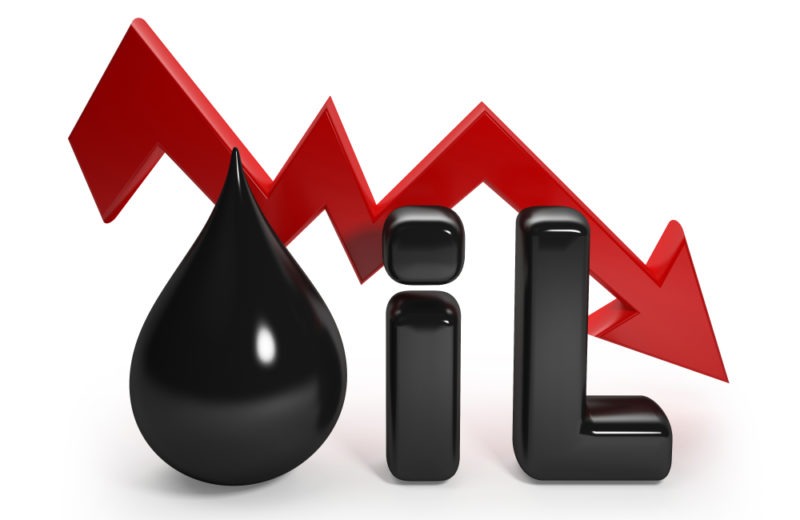Key Points:
- Brent oil futures increased by 0.5% to $83.73/barrel, and WTI up 0.6% to $78.56/barrel.
- Israeli military action in Gaza and ongoing conflict impact oil risk premiums.
- The weaker US dollar and potential Federal Reserve rate cuts support oil prices.
In recent market developments, Brent oil futures and West Texas Intermediate (WTI) crude futures experienced notable price changes. On Tuesday, Brent oil futures saw a marginal increase of 0.5%, bringing the price to $83.73 per barrel. Similarly, West Texas Intermediate crude futures also rose by 0.6%, settling at $78.56 per barrel.
Israeli Strike and Hamas Ceasefire Proposal Stir Oil Futures
Over the past weekend, a significant escalation in the Middle East occurred with an Israeli strike on Rafah, located in southern Gaza. This military action has contributed to the heightened risk premiums in oil markets. Further complicating the situation, Hamas has agreed to a ceasefire proposal mediated by Egypt, although Israel has rejected the proposal, stating that it did not meet their demands.
Additionally, Israel has continued its military operations in Rafah, urging civilians to evacuate parts of the city and leading to the closure of key humanitarian corridors. Despite fears of a broader conflict, notably with Iran, such a scenario has not materialised, allowing crude markets to somewhat recover from earlier losses.
US Dollar Weakens, 48% Chance of Fed Rate Cut
The US dollar has shown weakness following softer-than-expected nonfarm payroll data, indirectly supporting oil prices by making dollar-priced crude cheaper for holders of other currencies. This economic environment is driving speculation about potential Federal Reserve rate cuts. Consequently, market expectations indicate a 48% probability of a rate cut by September.
Analysts have observed that although the central bank is expected to start reducing interest rates, it requires further evidence that inflation is easing before making that move. This anticipation of lower rates contributes to a more favourable demand forecast for crude oil this year.
Inflation Stays High, Adds Volatility to Oil Prices
Recent inflation readings indicate that price pressures in the economy have remained more persistent than anticipated. This has significant implications for oil markets, as ongoing inflation concerns can alter consumer behaviour and energy consumption patterns. Additionally, some risk premium has crept back into oil futures markets due to the aforementioned geopolitical unrest, suggesting a volatile period ahead for traders and investors.
Middle East Unrest and Fed’s Moves in Oil Futures
As the situation unfolds, the oil market remains sensitive to geopolitical shocks and macroeconomic trends. Investors and market analysts will closely monitor further developments in the Middle East and economic indicators, especially those influencing the Federal Reserve’s decisions on interest rates. These factors will likely continue to influence oil prices in the coming months. This underscores the complex interdependencies of global economic and geopolitical landscapes.















